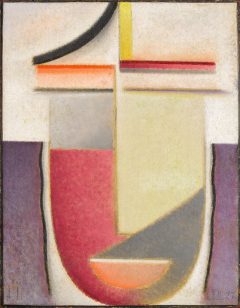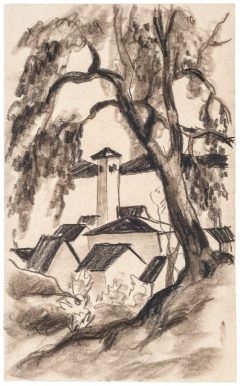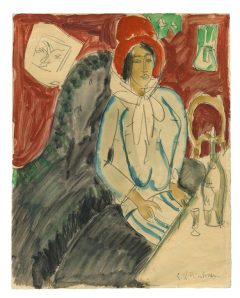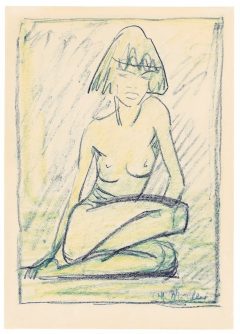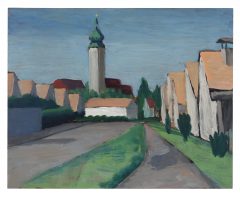Buchheim Museum:
"BRÜCKE + BLAUER REITER"
July 16 – November 13, 2022

They know each other, visit each other´s art studios, appreciate and despise each other. They exhibit together, are in the same associations, have the same gallery owners and collectors. They are united by their rebellion against the conventions of the art business. They feel the urge to free forms and colors from the constraints of realistic painting. Instead, they want to express sensations, feelings and thoughts. "Brücke" and "Blauer Reiter" marked the beginning of modernism in Germany.
Major works by these two leading Expressionist groups are brought together in the Buchheim Museum in a lavish exhibition of paintings. The project could only succeed at this high level through a cooperation of the Buchheim Museum with the Kunstsammlungen Chemnitz and the Von der Heydt-Museum Wuppertal. All three museums have contributed from their extensive Expressionist collections. Prominent loans from European private collections and museums, including the Lenbachhaus in Munich, the Stedelijk Museum Amsterdam and the Zentrum Paul Klee in Bern, complement the presentation.
The exhibition offers a fresh look at paintings from the years between 1905 and 1914 by Ernst Ludwig Kirchner, Karl Schmidt-Rottluff, Erich Heckel, Max Pechstein, Emil Nolde, Otto Mueller, and Fritz Bleyl for the "Brücke," as well as Marianne von Werefkin, Alexej von Jawlensky, Wassily Kandinsky, Gabriele Münter, Franz Marc, August Macke, Paul Klee, and Heinrich Campendonk for the "Blaue Reiter."
For the first time, the dialogue between the artists of both formations is staged in this density and quality. Despite all the similarities, there are also striking differences. For example, there are different opinions as to whether the Expressionist style should be articulated in recognizable motifs of reality or in pure, abstract forms. The exhibited pictures surprise with the realization that this dividing line runs less between the groups than within them.
Thus this major exhibition, together with the catalog published by Wienand-Verlag, represents a re-examination of German Expressionism at the height of our times. Aspects of postcolonialism, gender studies, social history, and the history of political reception are also taken into account. In Buchheim's words, however, this exhibition event is above all: "A celebration for the eyes!"
